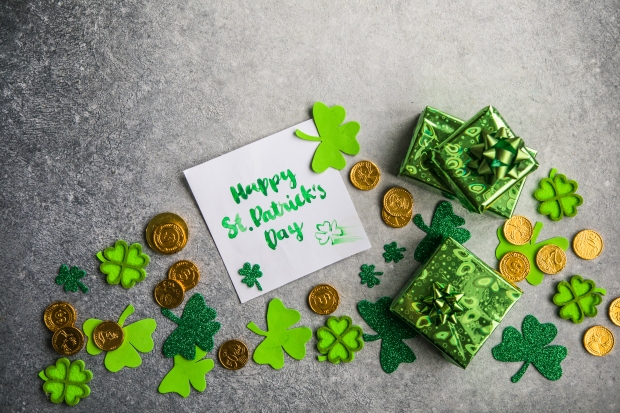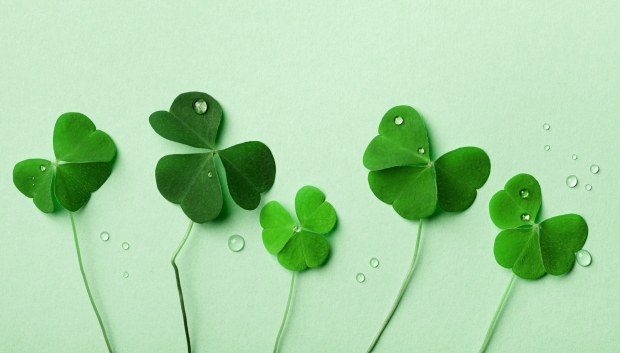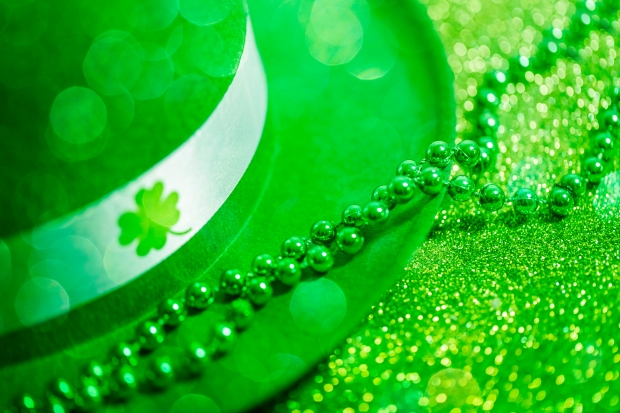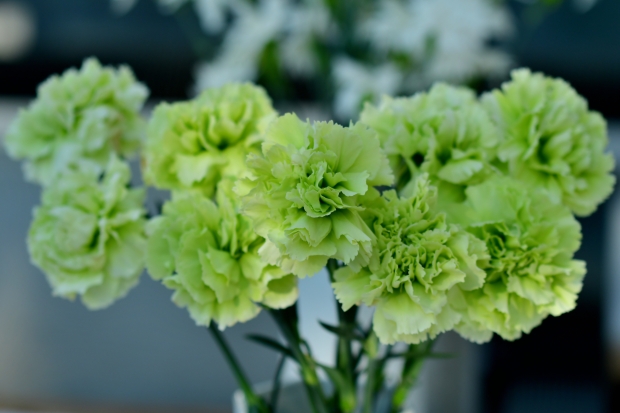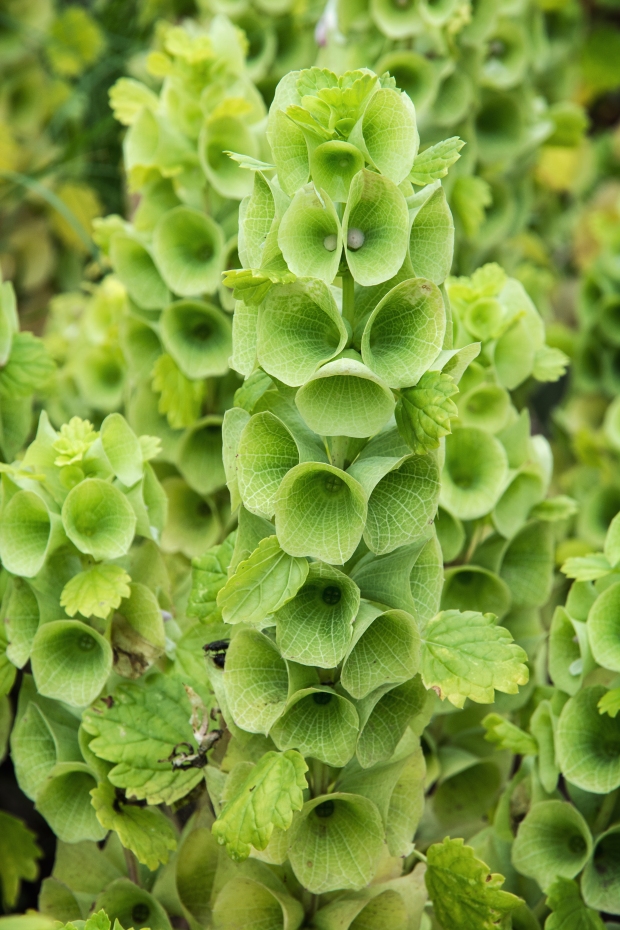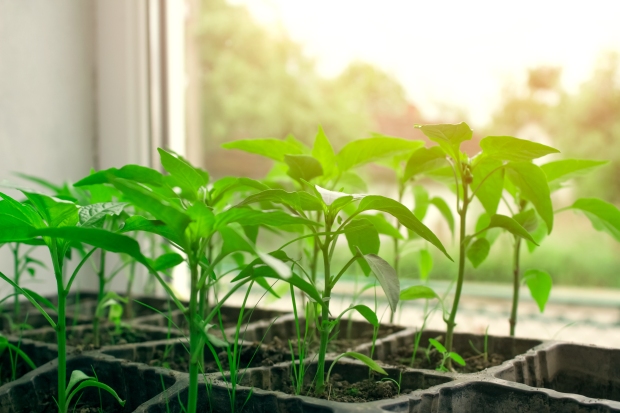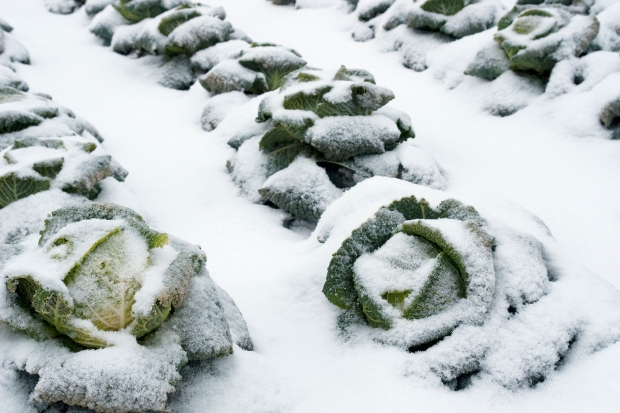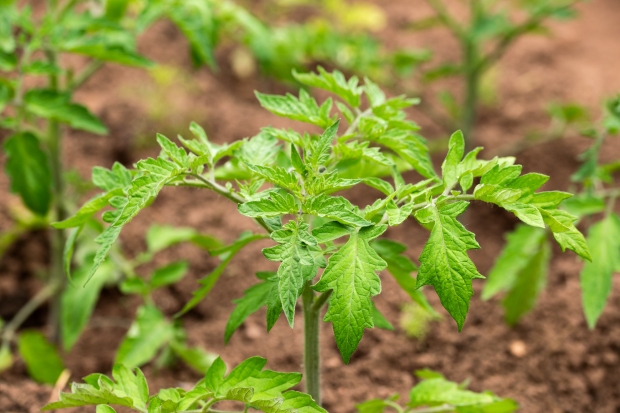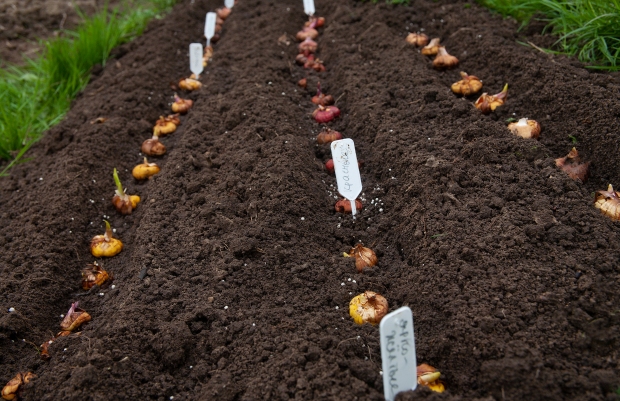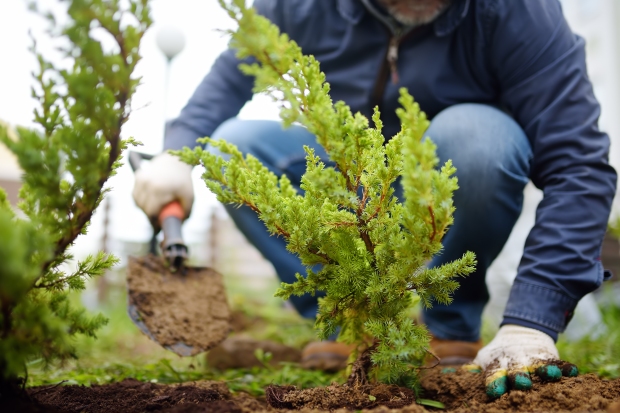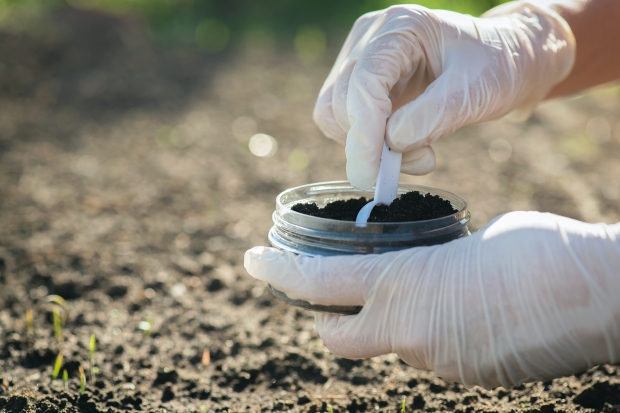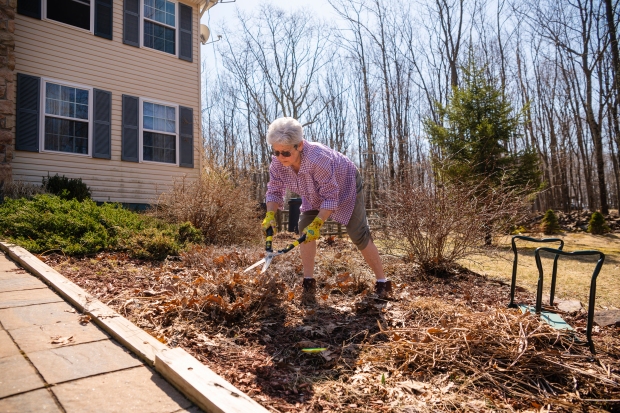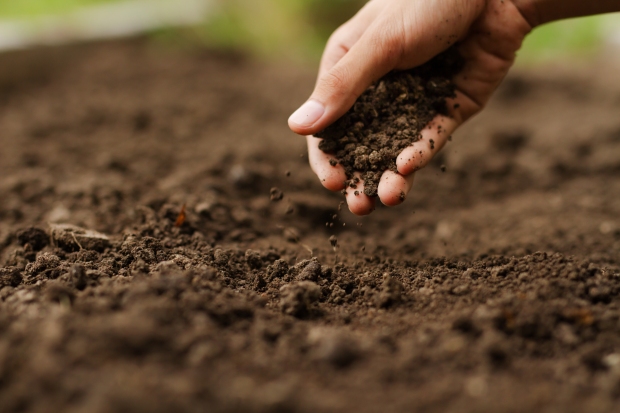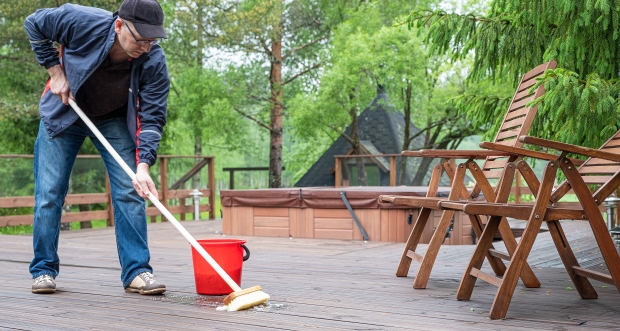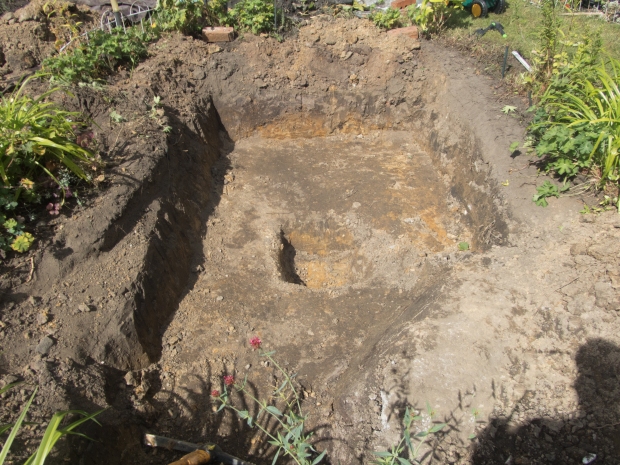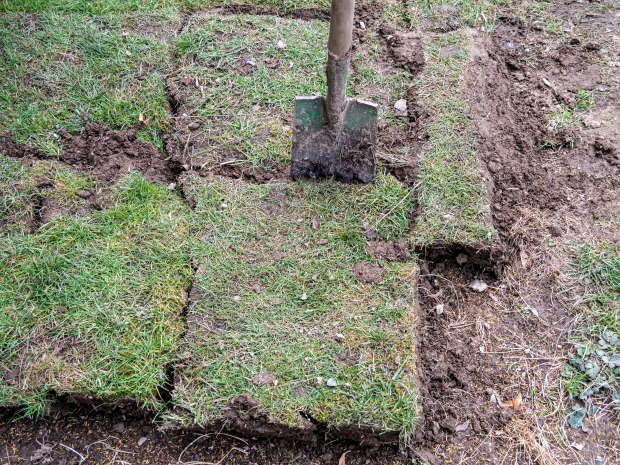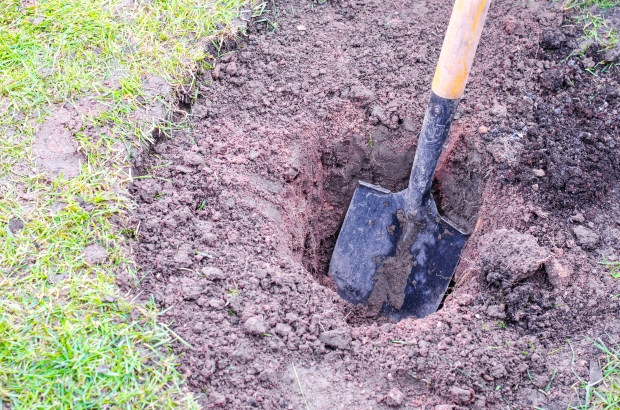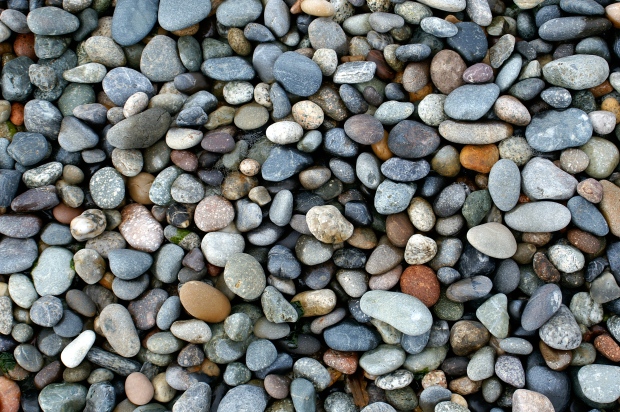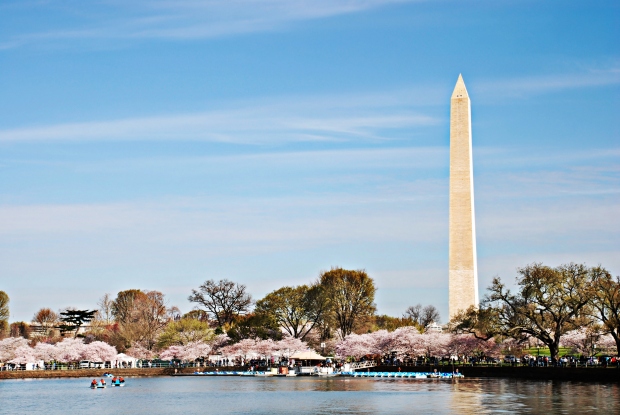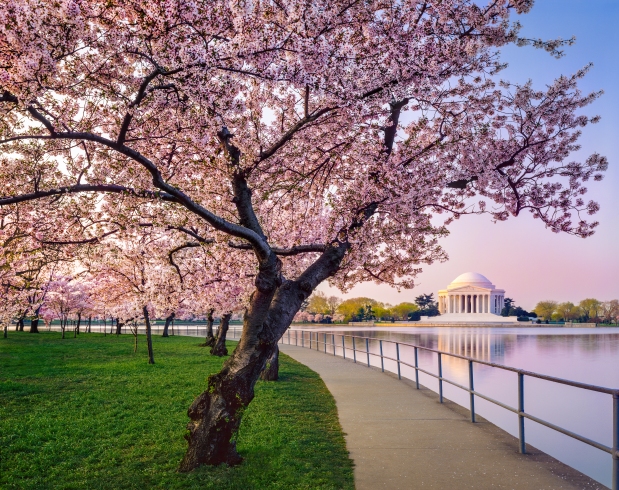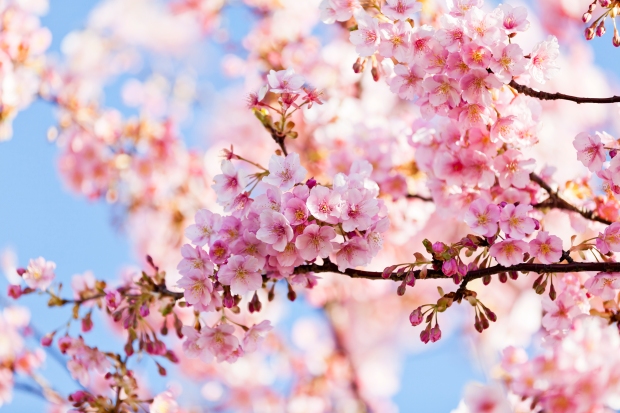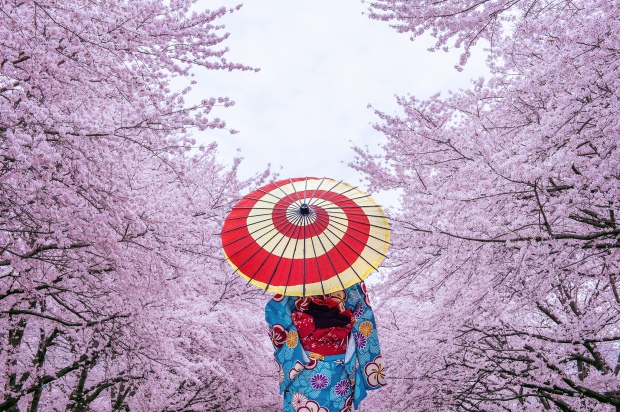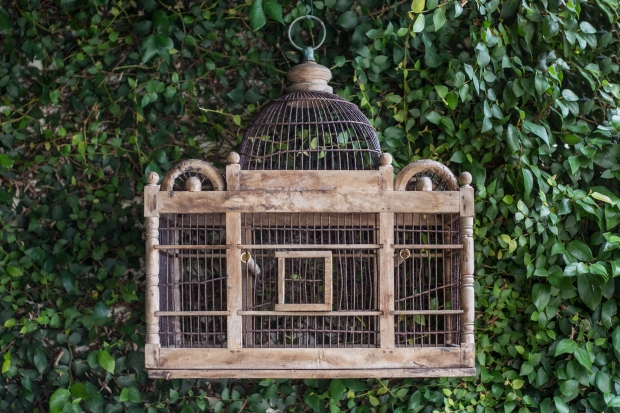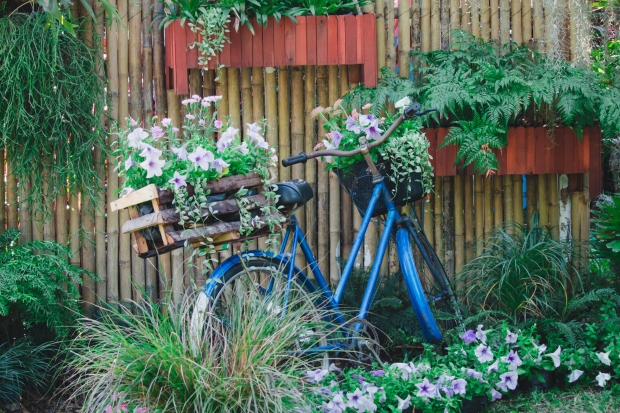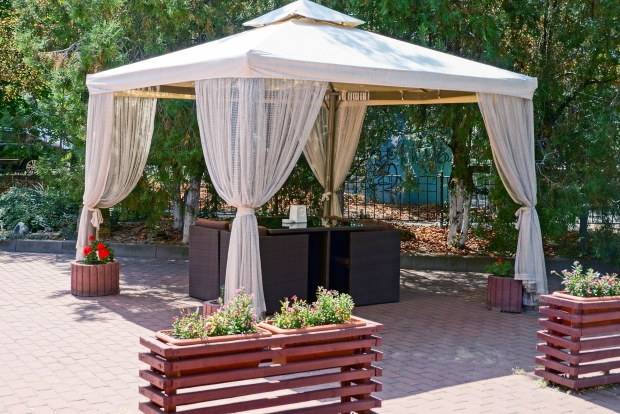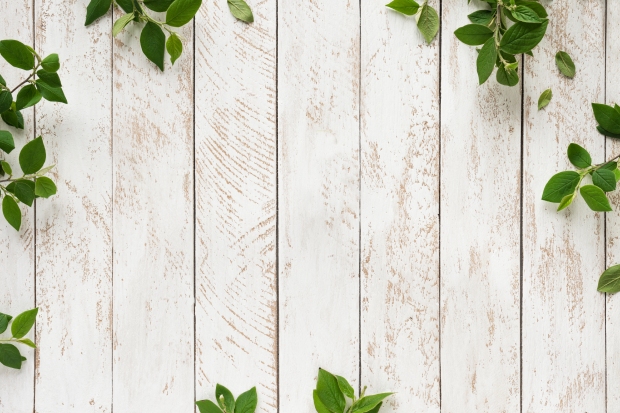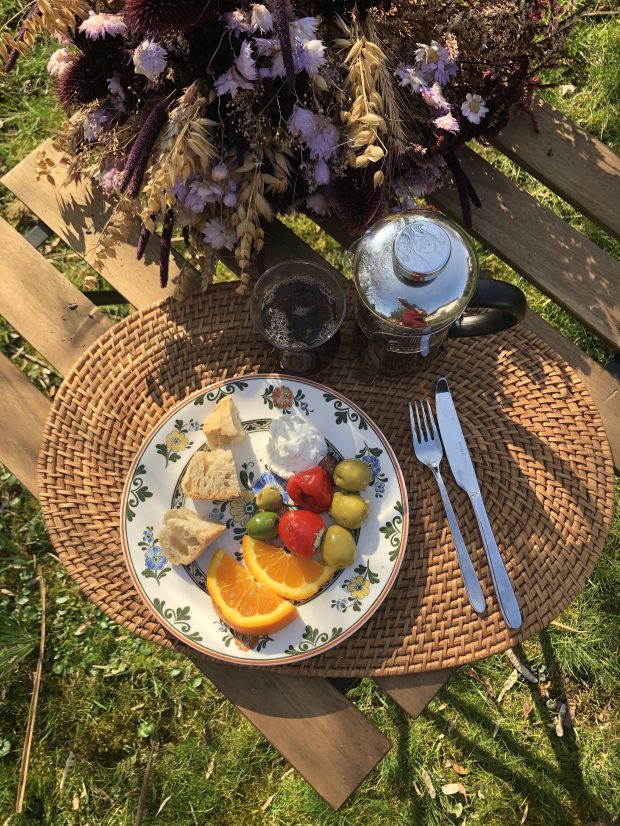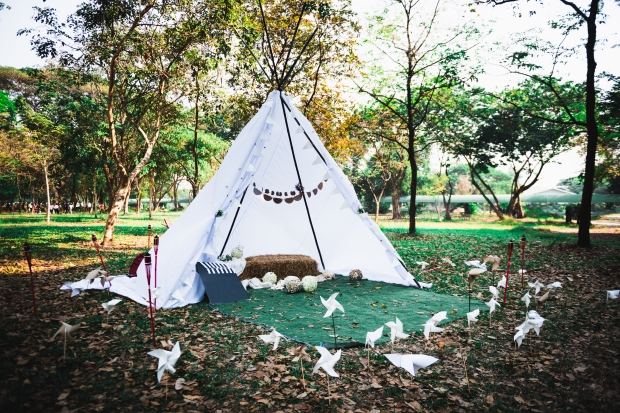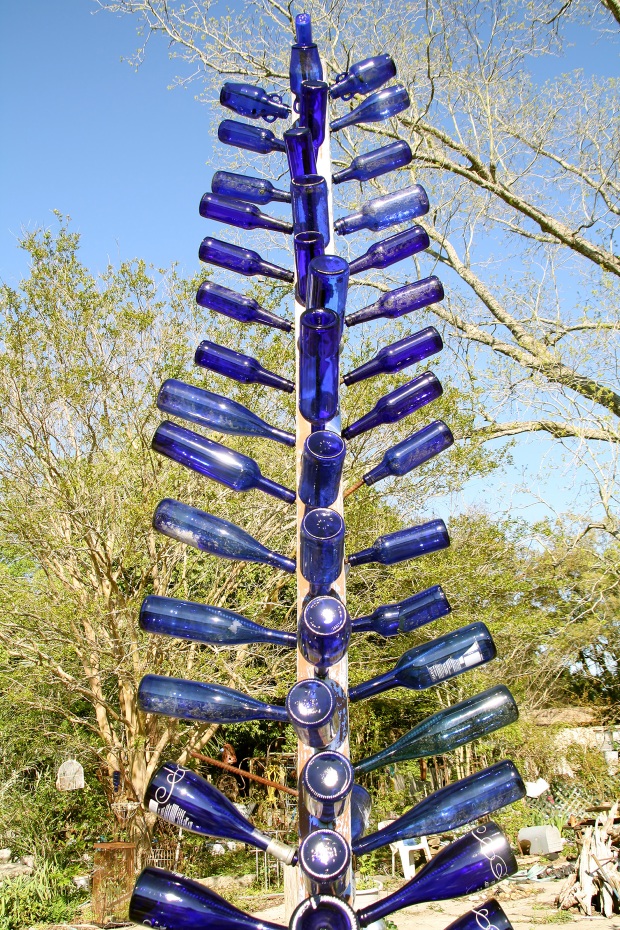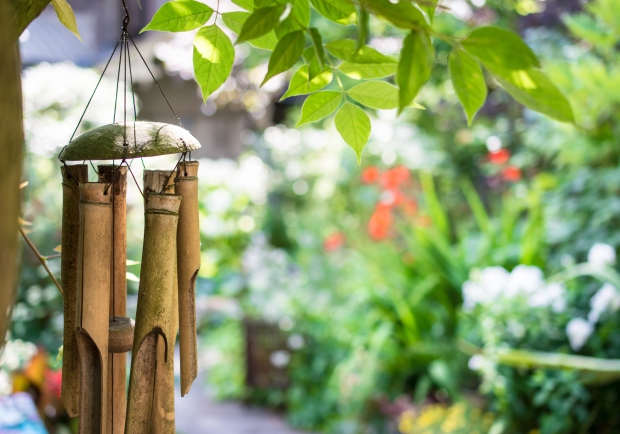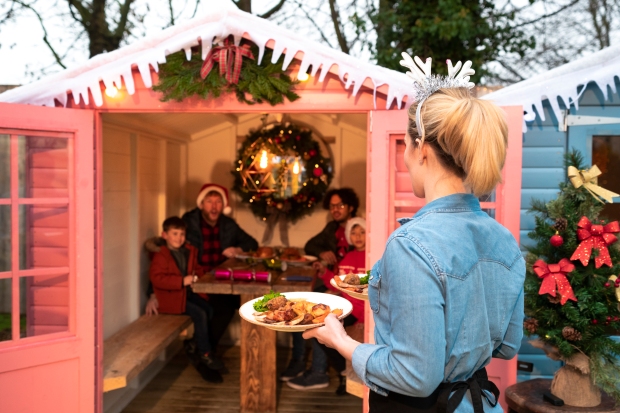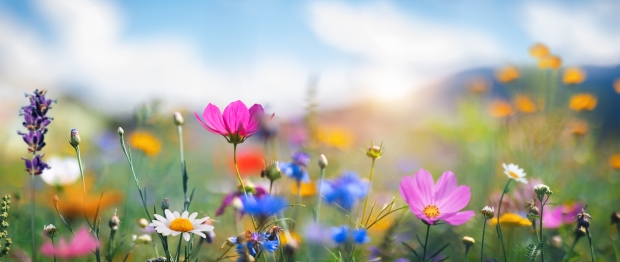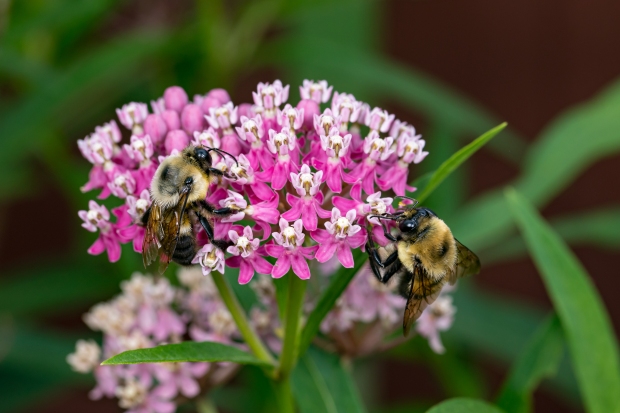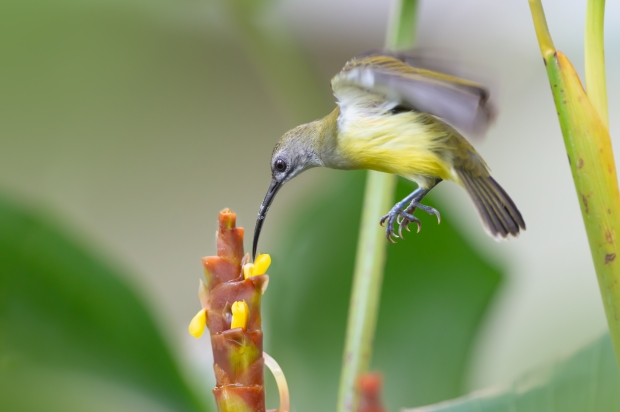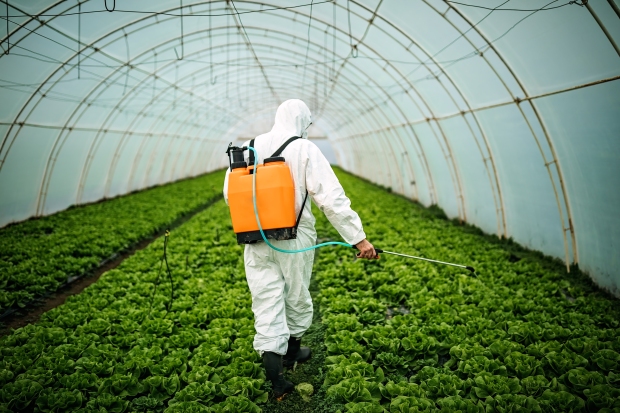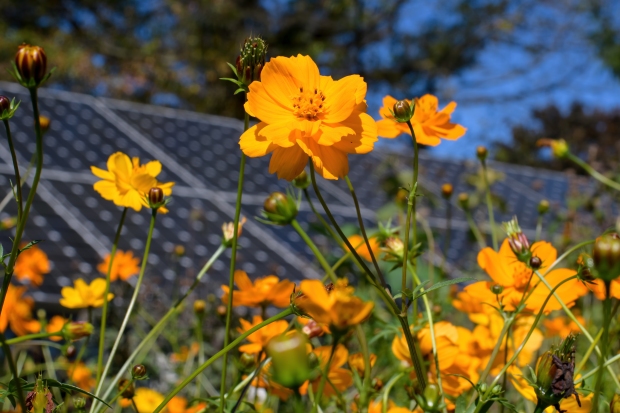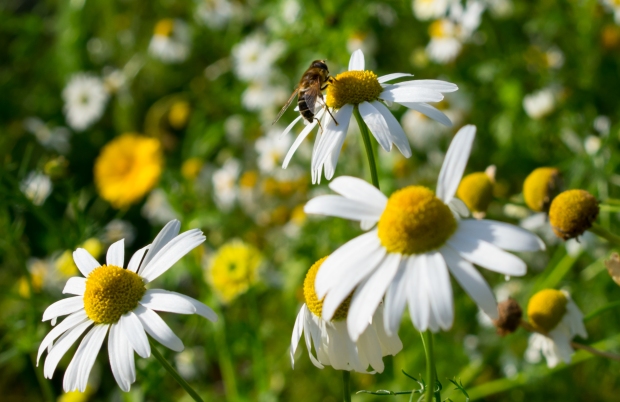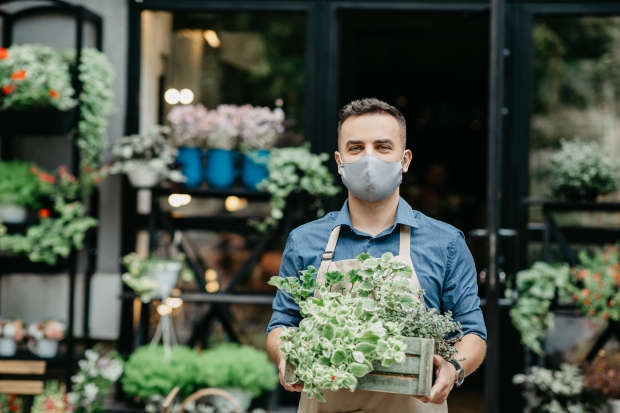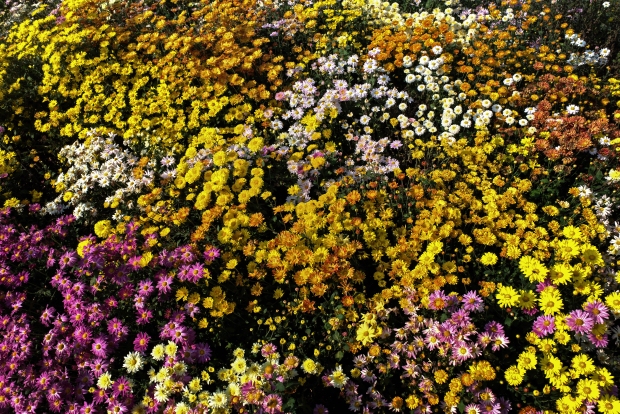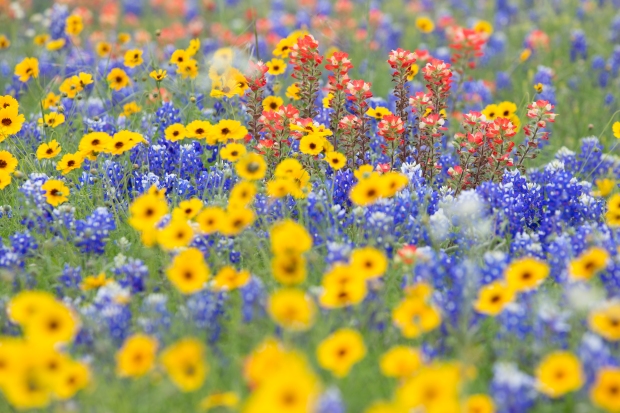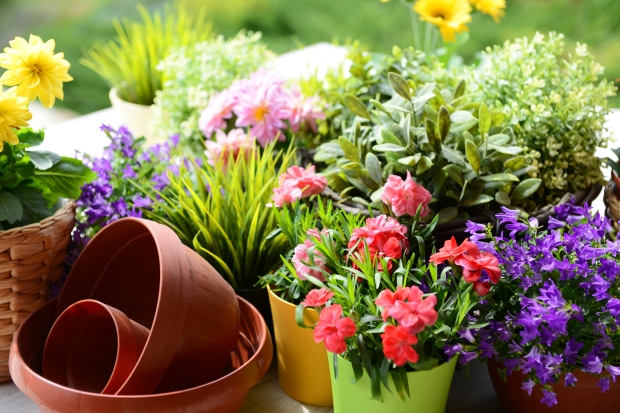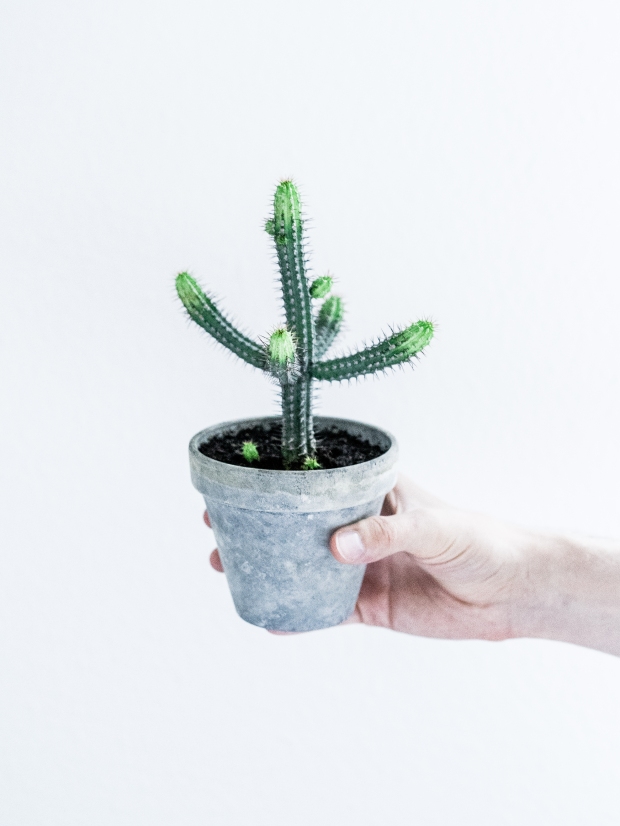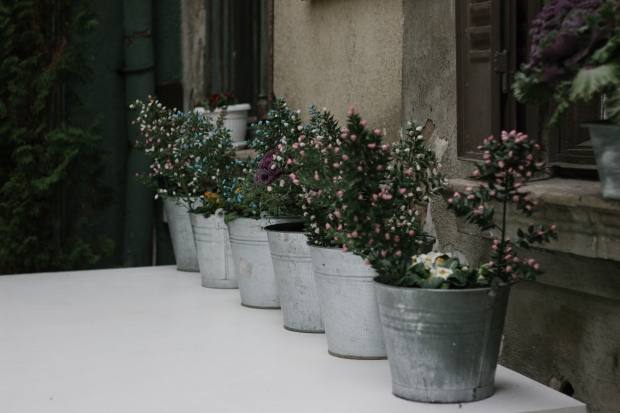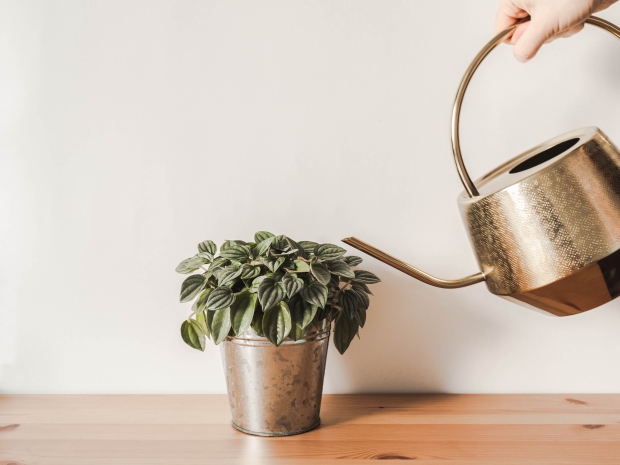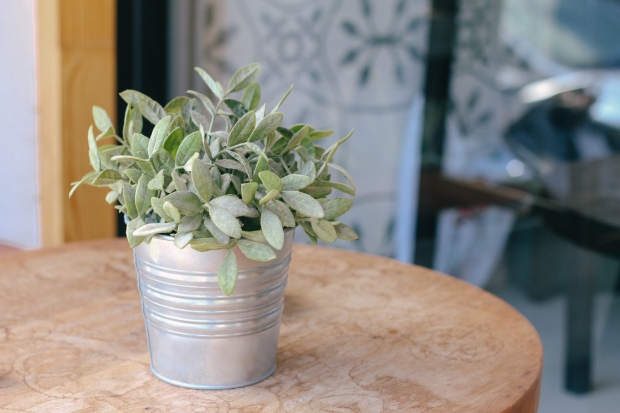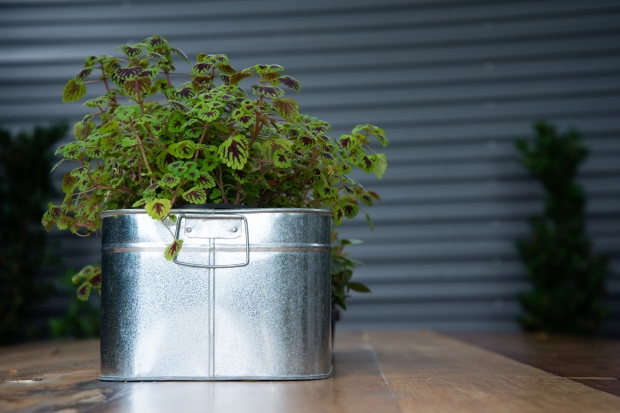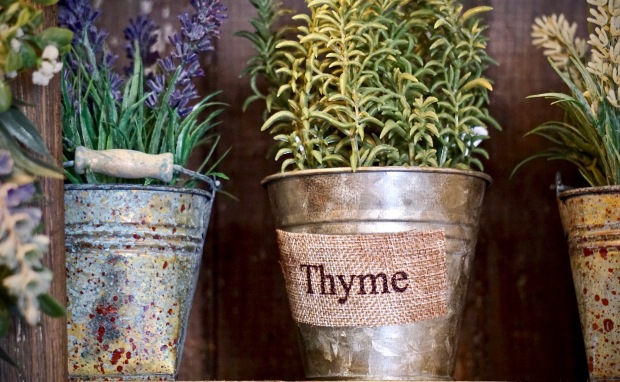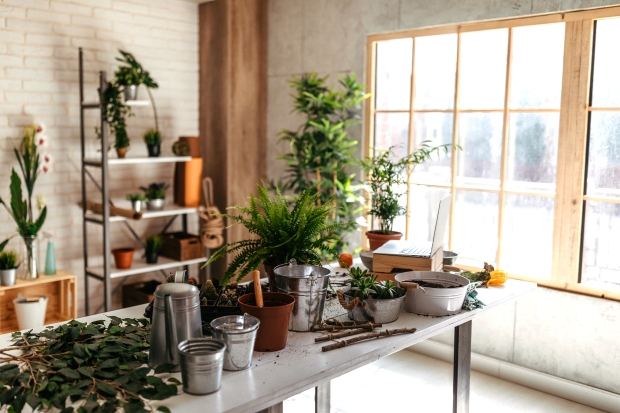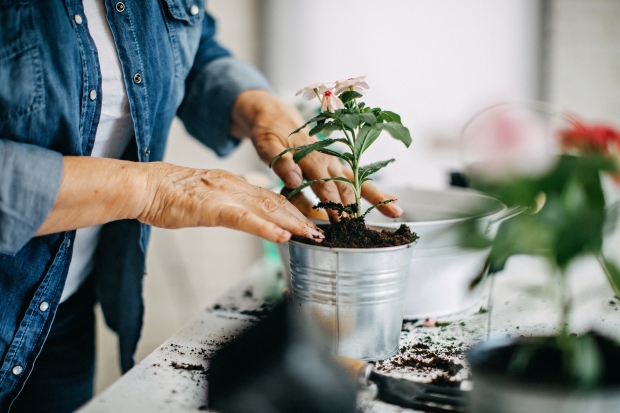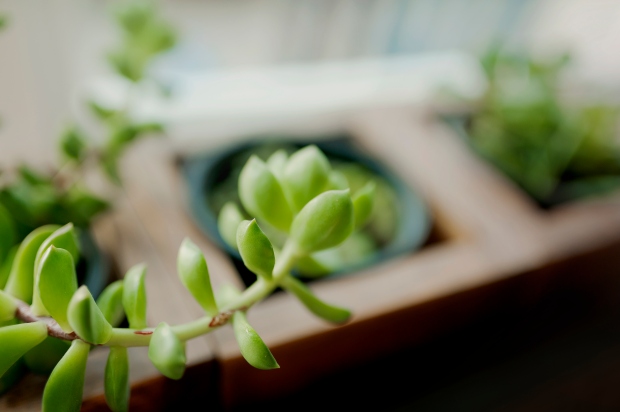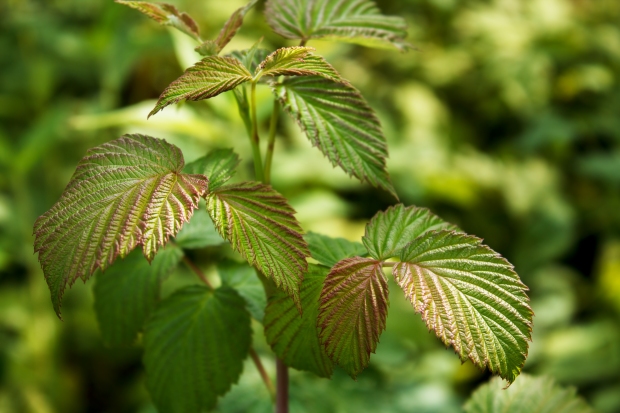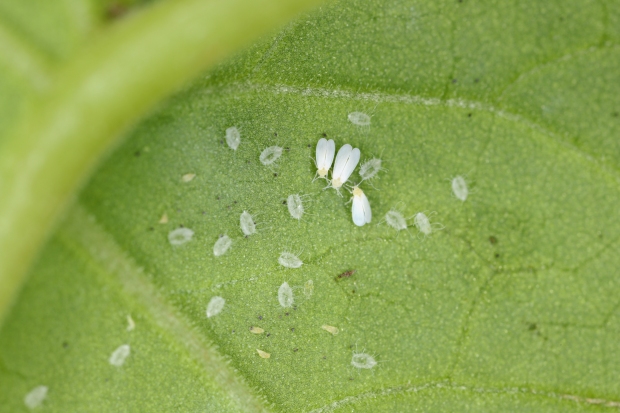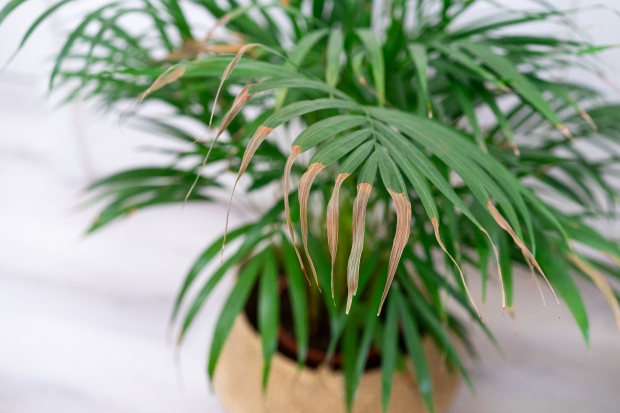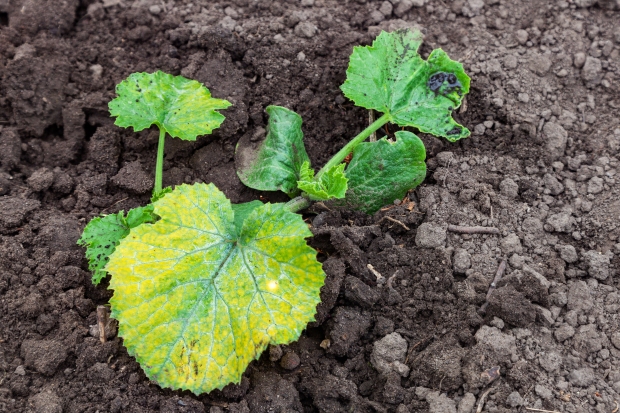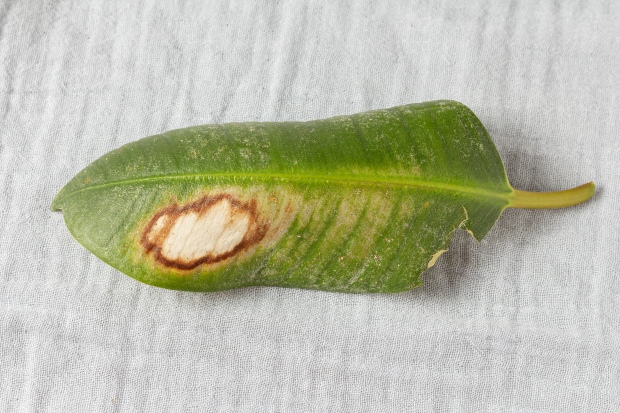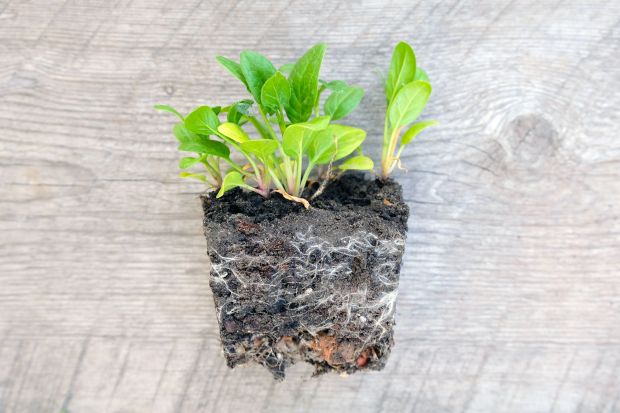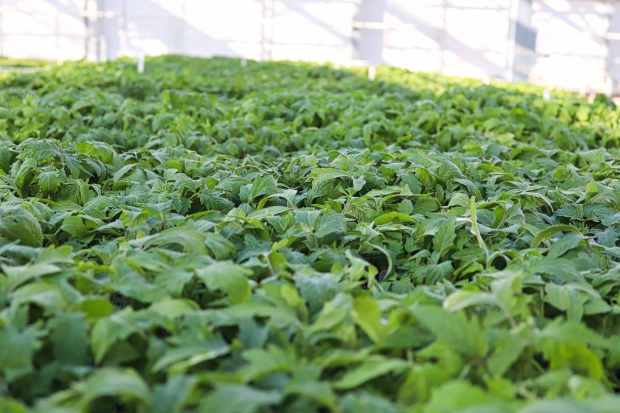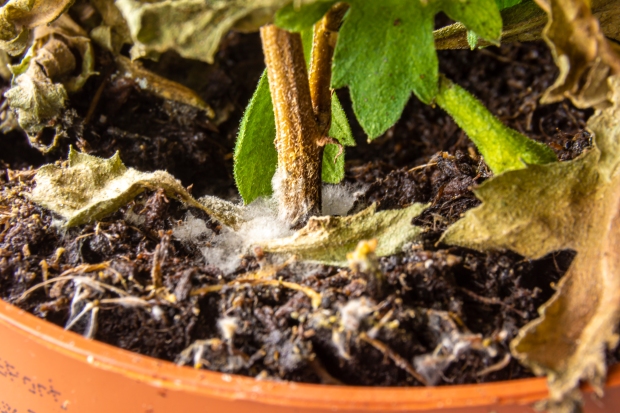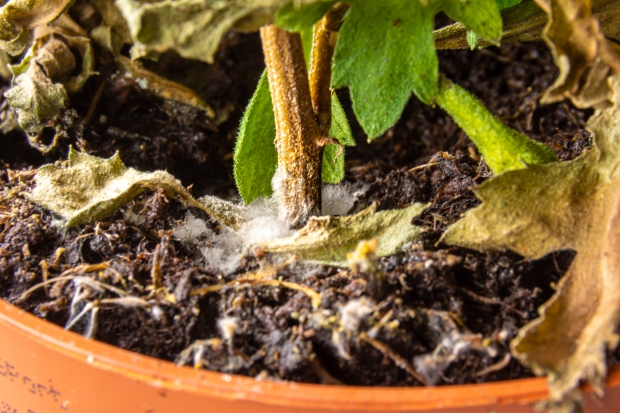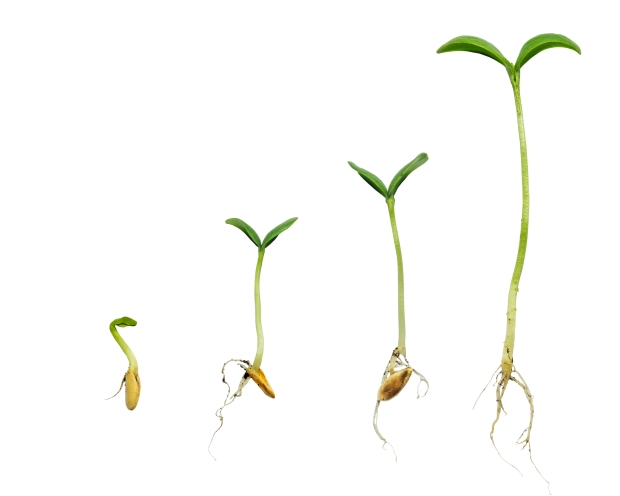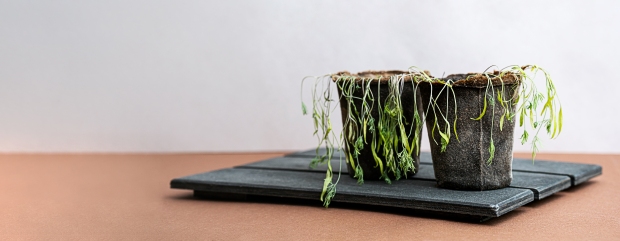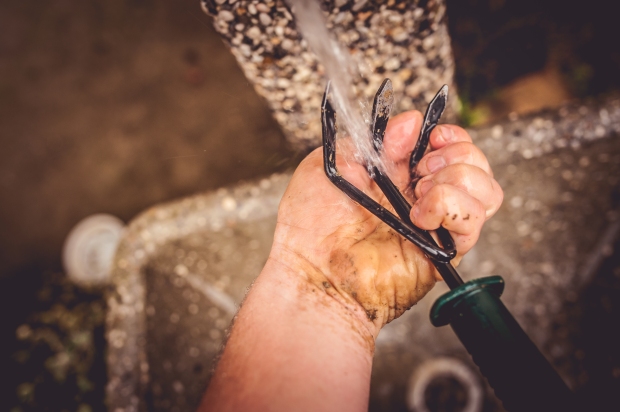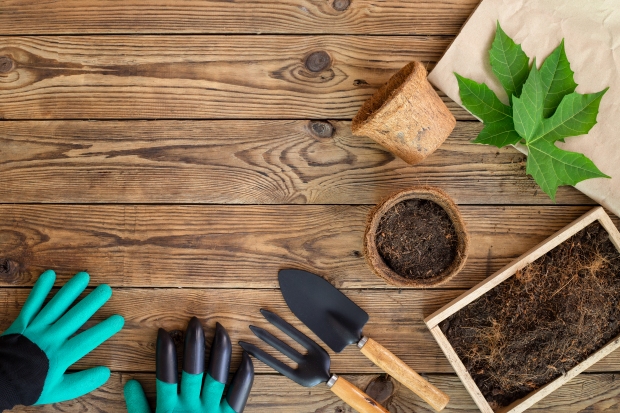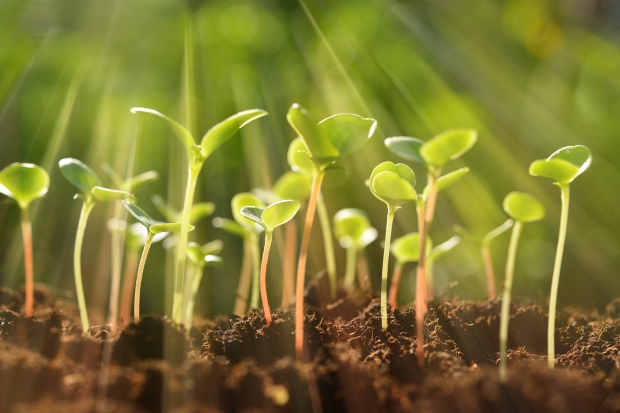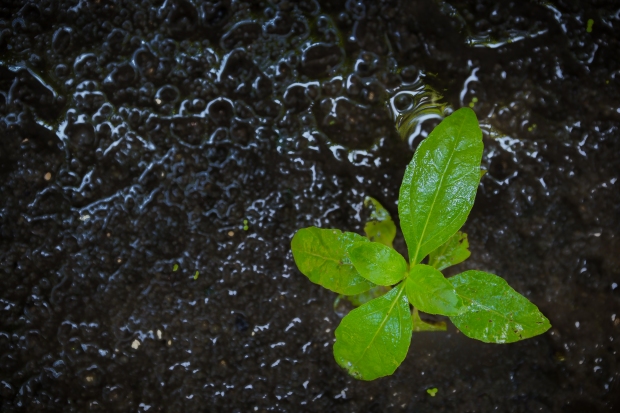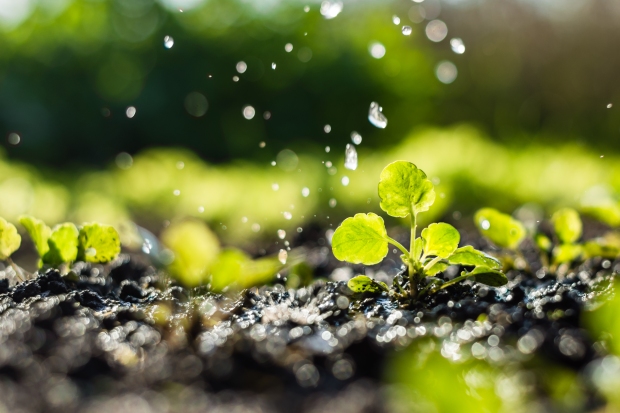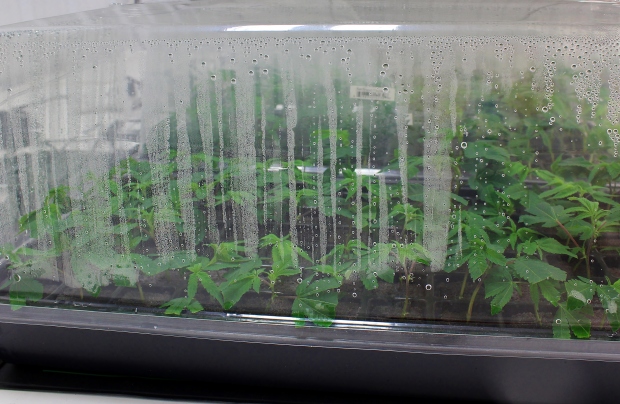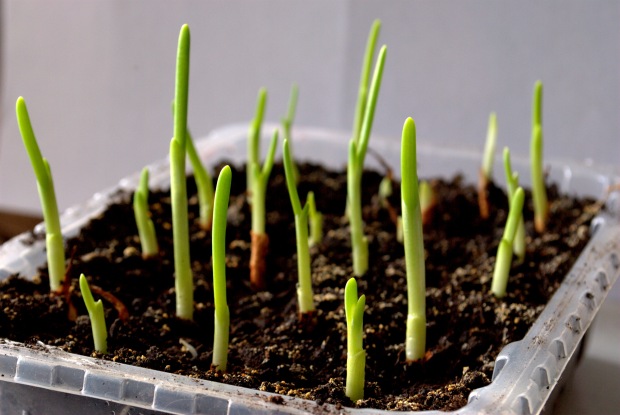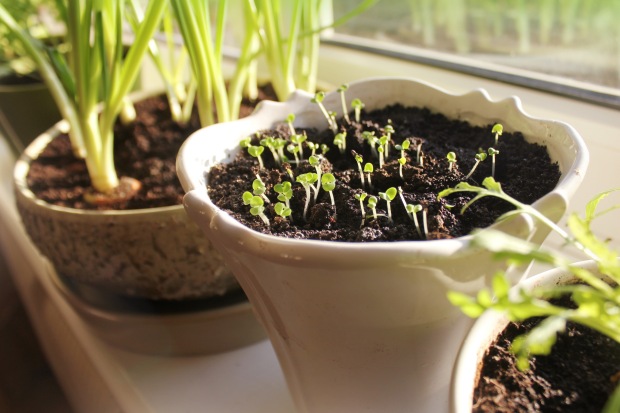Why the EPCOT International Flower and Garden Festival Is a Can’t-Miss Event
The Epcot International Flower and Garden Festival is an annual event held at Epcot Park at Walt Disney World that is focused on plants, sustainability, and nature. Visitors can enjoy unique garden displays, international foods, and themed activities.
The Epcot International Flower and Garden Festival is held at Epcot in Orlando, Florida, every spring. Epcot is one of the four amusement parks that make up the Walt Disney World Resort. In addition to the normal rides and attractions at this park, Epcot also holds several themed festivals throughout the year. The International Flower and Garden Festival is the longest-running of Epcot’s festivals, dating to 1994.
During this festival, visitors to the park can expect to find blooming-bed flower displays around every corner, including themed gardens in many of the global areas at Epcot. The festival is also educational, giving guests many ways to learn about sustainability and the natural world.
Among the must-see elements of the Epcot International Flower and Garden Festival are the character topiary displays. Guests can see carefully crafted topiaries of famous Disney characters such as Elsa and Anna from Frozen, Buzz Lightyear, Snow White, and of course Mickey and Minnie Mouse. Each topiary scene is set against a backdrop of color-coordinated annual flowers. While the same topiaries return each year, there are usually a few new characters added for each festival.

Garden displays focus on the international aspect of Epcot as well as educating guests about nature. Global Gardens in past years have included a Bamboo Garden at the China Pavilion, Tropical Rainforest Garden and Extraordinary Orchids at the Mexico Pavilion, English Tea Garden at the United Kingdom Pavilion, and Alpine Miniature Garden at the Germany Pavilion. Other favorites are the floating gardens in Epcot’s Future World, where ponds and fountains are transformed with over 200 containers of miniature blooming gardens that appear to float on the surface of the water.
Flower quilts are displayed around Future World as well. These are colorful flower beds, planted with hundreds of blooms such as petunias, daisies, and geraniums, that create designs and pictures.
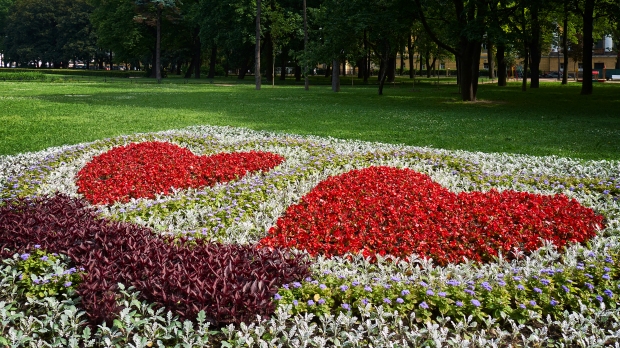
Both children and adults will enjoy a trip to the Goodness Garden Butterfly House. Located in Future World West, the Butterfly House is a huge temporary structure housing hundreds of butterflies and plenty of the plants that those butterflies like best. Aside from enjoying the sight of these colorful insects, visitors can also learn about butterfly habitats and life cycles. There is even the opportunity to watch a butterfly emerge from its chrysalis in one of their nurseries, if the timing is right.
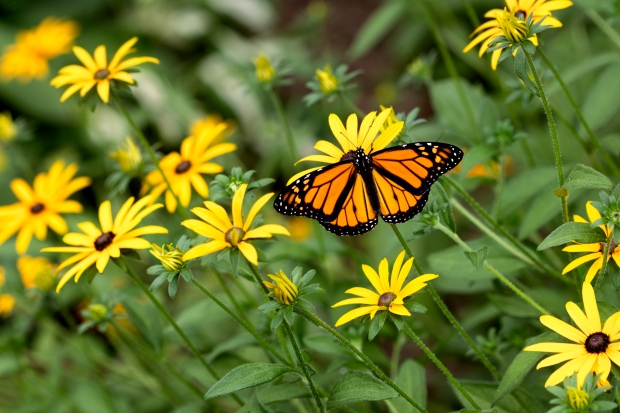
What to Do at the Epcot International Flower & Garden Festival
There are many things to do at the Epcot International Flower and Garden Festival so it may be difficult to narrow it down. Here are some of the top recommendations.
- Take photos: There is no shortage of landscaped areas that are ideal backdrops for social media posts, family photos, or holiday cards. In particular, look for the 10-foot tall “flower-towers” spread throughout the park.
- Activities for kids and adults: Past festivals have included scavenger hunts, gardening workshops, and other events focused on horticultural topics such as sustainable gardening practices and composting methods.
- See live music: The Garden Rocks Concert Series, held in the America Gardens Theatre in the American Adventure Pavilion, includes internationally-known music acts. In addition, live music of various genres is also performed throughout the park.

- Shopping: Disney releases limited-edition themed merchandise for this festival, available at all retail shops in the park.
- Eating and Drinking: The variety of food options is one of the main reasons people visit this festival and Epcot in general. See the section below for more details on what you can find to eat and drink at the International Flower and Garden Festival.
Food and Beverages at the Epcot International Flower and Garden Festival
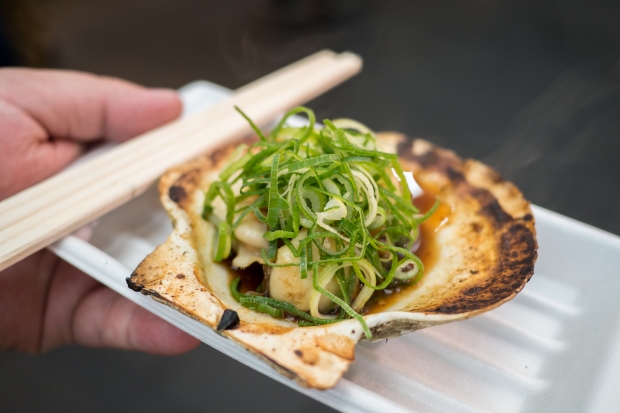
All around the World Showcase are Outdoor Kitchens offering menus of international food and drinks. Many of the menu items tie into the festival’s theme by using fresh vegetables and herbs. The menus are published by Disney ahead of the festival opening, so it’s a good idea to decide on what food and drinks you definitely want to try before you go.

For those with dietary restrictions, the Outdoor Kitchens also offer menu items that are vegan, vegetarian, or gluten-free. Plant-based options are featured throughout the festival. Most of the menu items are served as small plates, so visitors can sample many different dishes. Almost all of the Outdoor Kitchens serve several signature alcoholic and non-alcoholic beverages.

Menu choices roughly correspond to the eleven countries represented in the World Showcase. The Outdoor Kitchens offer the opportunity to try global foods all in one location, so approach it with an open mind and a sense of adventure. Nearby, guests will find raised beds and in-ground vegetable gardens showcasing some of the produce used in the recipes.
What to Know Before You Go
Entrance to the Epcot International Flower and Garden Festival is included with the price of admission, but certain events may cost extra. You may also want to budget for food, drinks, and souvenirs.
While the festival dates vary slightly from year to year, this event usually begins in early March and runs through June or July. Note that some activities may not be held for the entirety of the festival, so check the schedule before planning your visit if there is something you particularly want to do.

Guests receive a Garden Passport upon entry. This passport is a valuable way to get info on what’s happening at the festival, and it also allows you to track all the amazing food you ate at the Outdoor Kitchens. Visitors who collect stamps in their Garden Passport for trying certain menu items can receive a free gift.

Certain festival merchandise is only available for purchase to Walt Disney World Annual Passholders, who also get 20% off most purchases. For guests on Disney Dining Plans, snack credits can be used to purchase some items from the festival’s Outdoor Kitchens.
Remember that you still are free to take advantage of all the other attractions in the park while you’re there. It’s a good idea to plan for at least one full day to explore Epcot.
The Epcot International Flower & Garden Festival is one of several festivals held at Epcot annually, and makes a trip to this park even more exciting. It will be most exciting for those who have an interest in gardening and nature, but has plenty that can appeal to any visitor.
